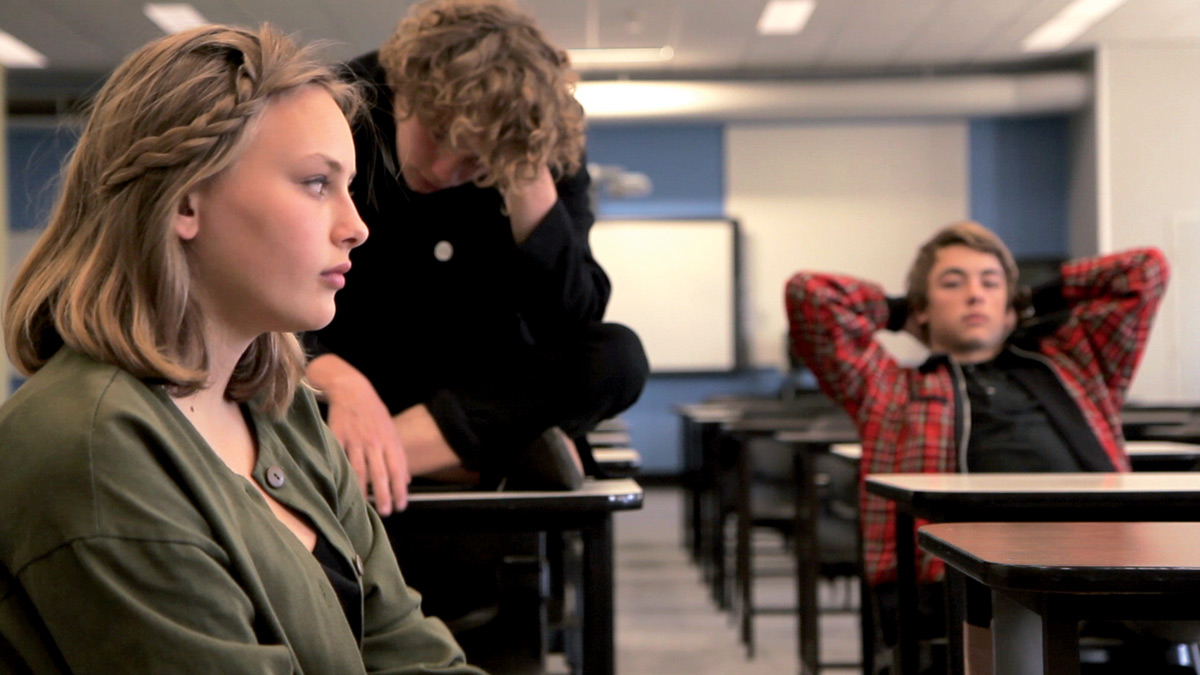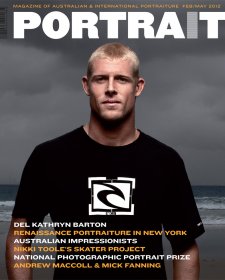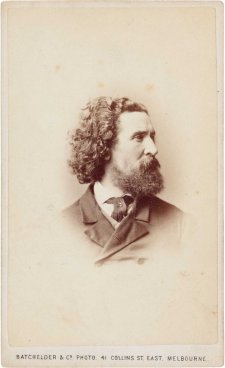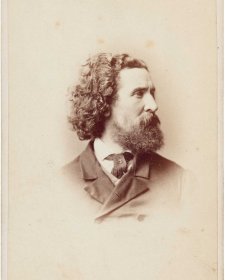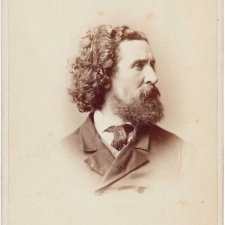I am fascinated by the way people present themselves in photographs, films and interviews whereby, intentionally or otherwise, the viewer gets to know them.
An excellent example, in my view, is Alfred Stieglitz’s 1915 photograph of Francis Picabia. From the photograph we get a great sense of the artist’s quite palpable self belief. Another similar image and one that always comes to mind is the cover of the album Lust for Life (1977) by Iggy Pop. The title is from the Kirk Douglas film about Vincent van Gogh, and Iggy Pop, a real ‘forgotten boy’, appears smiling from ear to ear, bright, engaging and affable. The Richard Lerner documentary about Jack Kerouac titled, What ever Happened to Kerouac, has also fascinated me
for years. It shows how Kerouac felt trapped in a character he had created but could not believe in enough to perform anymore. The documentary also includes several ‘interview portraits’ with people such as Allen Ginsberg and Gregory Corso who opens the film. A film that interests me is A Woman Under the Influence (1974). Gena Rowlands was Cassavetes’ wife and she appears in many of his films. A Woman Under the Influence is a brilliant portrait of the difficulty of domestic life and co-dependency.
Most recently I've been thinking about Dick Cavett’s interview with Jean-Luc Goddard, on the Dick Cavett Show (1980). A lot of the discussion is about filmmaking and the audience. It's a fantastic double portrait. The interview situation is key for me as a text and ideological source in my video work Dream Job and also, in a formal sense, the interview situation is a great opportunity for self invention, deferment and projection.
The narrative of Hal Ashby’s 1979 film with Peter Sellers Being There borrows heavily, if not somewhat tangentially, from Martin Heidegger’s ideas about
the nature of subjectivity and being as states determined wholly by the ‘world’ one is ‘thrown into'. Chance the Gardner - blank expression, unburdened by personal opinion and devoid, it would seem, of internal reflection - lives in isolation, his only human contact a housekeeper and a bedridden benefactor. All Chance’s utterances are quotations or gardening ideas that reflect what he has learned from the television and his life as a gardener, his mantra is ‘I like to watch’. An important Heideggerian attribute of Chance is that he is the type of person who is totally defined by what they do, how they do it, and where they do it. Chance works with the tools of the garden, he cares for the garden and he does this in the house of a wealthy industrialist. This place is the only actual world Chance knows, other than those that are experienced via television.
What resonates with me on an emotional and conceptual level is Chance’s watching of television. His watching is transcendentally active, he quickly switches from one channel to another as a kind prefiguring of surfing the internet; he surfs the networks of television. These sessions of channel surfing are seemingly non-selective and non-critical, he throws himself into the television world, he watches everything. The active process in Chance’s channel surfing, occurs later when a selection is made, what is quoted by him, what is retrieved at critical moments of being questioned or interviewed. These moments in the film's narrative are highly charged and release a kind of theological and comedic energy. This retrieval is the only evidence Chance shows of an internal reflective subjectivity of his own. The ambiguous blank delivery that Sellers renders Chance with suspends any immediate understanding of the characters desire and direction. The deadpan quality in Sellers’ delivery is a necessary resistance for this comedic release.
For Dream Job and other videos I have made in the last three years these ideas are particularly important. I think there is an analogy for the way the script for the sequence entitled Five In One, One In Five, was made in the example of Chance’s channel surfing, in that it was assembled from surfing the internet, in this case it was a very directed form of surfing but with a very similar intention.
I was looking at the interview situation of people I feel an emotional or ideological identity with. Another source for this type of content I find in talking head documentary-style ‘special features’ component of many movie DVDs. My interest in this kind of cultural material probably started with What ever Happened to Kerouac, which I was fascinated by because it is pure ideological content, but
one that I could immediately identify with, because I took it so personally.
The mimetic nature of Martha, Danny, Eddie, Olivia and Julian’s delivery in Dream Job, has quite a similar effect to the one I experience when I watched Peter Sellers as Chance in Being There. I think this is also related to what Nicholas Chambers said in the catalogue for The David M Thomas Show in 2010 at Queensland Art Gallery: ‘As the camera lingers on an actor’s face after the delivery of a line we find an unscripted smirk, a pursing of the lips or a knowingly raised eyebrow which brings the relationship between ‘being’ and ‘performing’ into sharp relief.’
